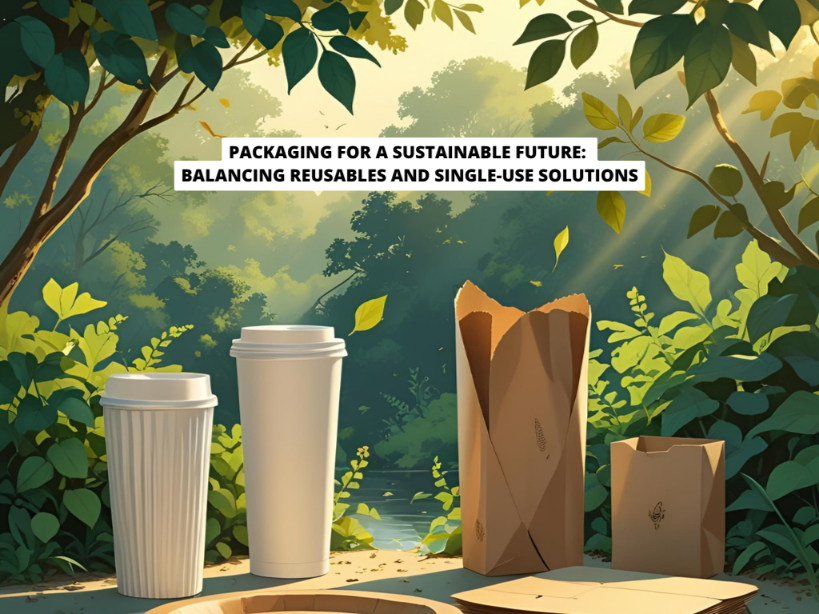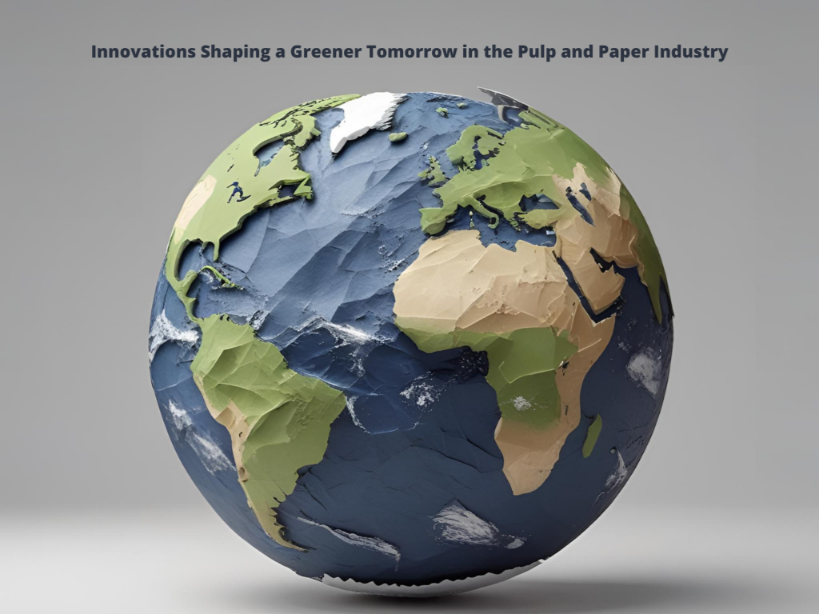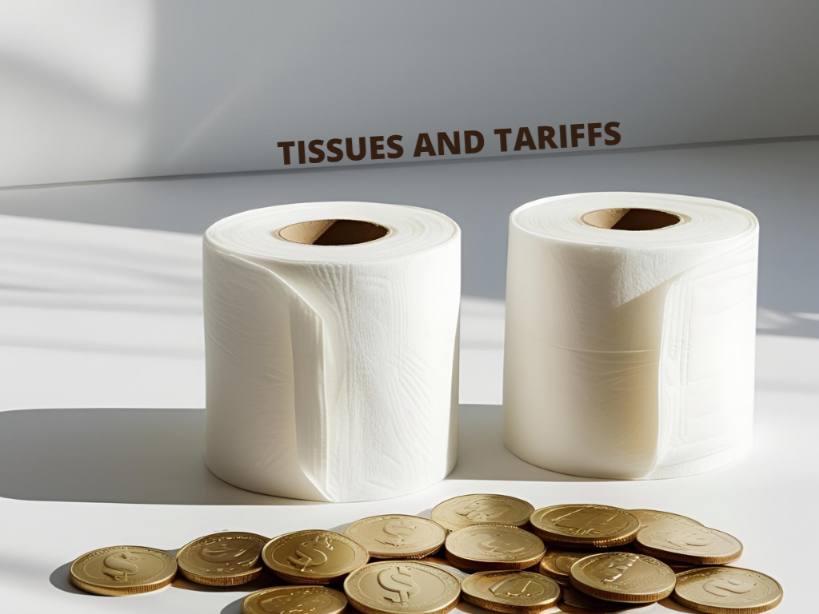Packaging For A Sustainable Future: Balancing Reusables And Single-use Solutions
In the pursuit of a sustainable, carbon-neutral future, the fate of single-use packaging is being questioned. Will it continue to thrive, or will it be replaced by reusable, returnable, refillable, semi- permanent containers that offer better protection, preservation, identification, communication, and transportation of goods?
Traditionally, the preservation of products, especially food, and medicines, has relied on high-barrier, multi-layer packaging predominantly made from plastic and occasionally aluminum. While this approach has reduced wastage, it poses challenges for recycling, particularly in separating and processing each layer at a large scale while remaining economically viable. There is potential for alternative materials like graphene, algae, protein, plant-based, and other bio-based substances. However, their adoption often necessitates changes in economic and automated packing systems, which require significant capital investment. For example, replacing lightweight, high-performance bags, sachets, and pouches with recyclable or compostable materials is feasible, but further advancements are needed to ensure scalability and comparable mechanical and shelf-life performance.
In this context, innovation and optimized packaging design that minimizes the use of non-renewable, carbon-intensive resources are crucial.
The presence of a well-developed waste recovery infrastructure is vital, but it remains a weak link in many markets. Different local authorities manage waste collection and recovery contracts, technologies, and policies, leading to disparities in recycling rates. In Europe, less than 30% of plastic (less than 5% for flexibles) is currently recovered and recycled, compared to the average recycling rates of 83% for paper-based packaging, 81% for aluminum, and 80% for glass.
To address these challenges, the European Packaging & Packaging Waste Regulations (PPWR) and Extended Producer Responsibility (EPR) are undergoing review in Brussels.
The new legislation aims to tackle three key challenges:
- Reducing the generation of packaging waste.
- Promoting a cost-efficient circular economy for packaging.
- Encouraging the use of recycled content in packaging.
To gain insights into future trends, it is valuable to explore the historical context behind the invention and development of packaging, especially considering the depletion of resources and the unsustainability of carbon-intensive practices.
Corrugated packaging, for instance, traces its origins back to 1856 when Edward Healy and Edward Allen patented single-face corrugated paper. Initially used for enhancing comfort in top hats, it later found application in protecting glass bottles and lamp chimneys during transportation, thanks to Albert Jones in 1871. In 1894, Henry Norris and Robert Thomson invented and patented the first double-faced corrugated board, which revolutionized the handling and distribution of goods by providing a strong, lightweight, and rigid packaging solution. Today, the global corrugated box sector consumes approximately 190 million tonnes of paper, valued at over £149 billion, with a predicted growth rate of 6.4% by 2028.

One could argue that corrugated packaging is already a form of reusable packaging since it serves multiple functions before being repurposed as a transit pack—a notion recently put forth by NOA, the European packaging research consultancy.
Reusable packaging has a long history, with containers historically crafted from materials like earthenware, animal skins, wood, metal, glass, flax, hemp, papyrus, and other plants. These materials were easily shaped and sealed to transport liquids, spices, grain, chemicals, and other goods.
The advent of plastic in the late 19th century brought about a revolution in packaging. Alexander Parkes invented the first plastic, Parkesine, in 1892, which led to the production of durable, lightweight, and cost-effective packaging materials such as crates, bottles, drums, bags, and tubes. Over the years, the consumption of plastic packaging has skyrocketed, reaching over 140 million tonnes globally, with a value of £296 billion. However, the environmental implications of single-use plastic have raised concerns, including pollution, microplastic accumulation, and resource depletion.
To determine the best solution for the planet and the pocket, several factors need to be considered. Both reusable and single-use packaging options have their merits, and the choice should be made on a case-by-case basis, considering variables such as product type, process, value chain, commercial constraints, brand values, changing consumer behavior, and legislation. It is similar to choosing the most suitable form of transport from point A to point B; the answer depends on the circumstances and may evolve over time.
Single-use containers offer space efficiency and flexibility in branding and safety communication, making them suitable for various consumer products. Cost-effective options like durable, paperboard trays/boxes can be used multiple times before recycling, providing an economical alternative to RPCs.
The rise of e-commerce and home delivery services has further complicated the packaging landscape. Paper-based, reusable packaging with easy-open and reclosure features is gaining popularity among home delivery companies, making it convenient for consumers to return goods. Major players like Amazon and the Austrian Post Service have adopted these packaging formats to facilitate sustainable returns.

In the food service industry, reusable cups and bottles have become a preferred choice for eco-conscious consumers. However, implementing reusable packaging for take-out food poses challenges related to contamination and safety. Deposit return systems (DRS) are being explored, but achieving over 50 reuses and establishing collection, cleaning, and storage infrastructure can be demanding.
Quick Service Restaurants (QSRs) like McDonald’s France are currently conducting trials to evaluate the feasibility of reusable packaging. Mass support and significant capital investment are crucial to make reusable systems convenient, flexible, and viable.
To address recycling challenges, it is essential to simplify pack designs and reduce the complexity of laminates and multiple materials within a single pack. Simplification optimizes energy and material recovery, thereby minimizing waste. Food service packaging, often contaminated with food waste, requires a closed- loop or industrial composting infrastructure for effective recovery and recycling. Incineration, while a controlled energy-recovery method, is not an ideal solution for valuable resources.
The use of single-use plastics in take-out food has environmental consequences, including pollution and the proliferation of microplastics. The potential health impacts of these chemicals, some of which are hazardous, entering the food chain through air, soil, and waterways are a cause for concern.
Refill systems are gaining popularity for home and personal care products, and they hold great promise for driving responsible and reusable packaging solutions. Successful adoption relies on convenience, quality, and incentives for consumers, as well as the development of closed-loop infrastructure for recovery, cleaning, storage, and distribution. Retailers like Tesco and Waitrose are among those trialing different refill systems.
The emergence of 3D printing technology has the potential to revolutionize packaging in what is often referred to as the 4th Industrial Revolution. 3D printing enables the production of prototypes and mass-produced items through “print farms,” making it accessible to a wider range of individuals with relatively low investment costs. This technology opens up possibilities for personalized packaging and even food production, driven by open- source design ingenuity and artificial intelligence.
In conclusion, both reusable and single-use packaging have their place in the industry, serving vital functions such as product protection, preservation, transportation, identification, and display. The choice between the two depends on various factors and should be evaluated on a case-by-case basis. It is crucial to select materials that are abundant, regenerative, and non-polluting to minimize negative social, environmental, and commercial impacts.
As we progress toward a zero-carbon future, the packaging industry faces significant challenges and opportunities. It is crucial to embrace innovation, optimize packaging design, and collaborate across sectors to find sustainable solutions. By prioritizing the reduction of non-renewable resources, adopting circular economy principles, and promoting the uptake of recycled content, the packaging industry can contribute to a more sustainable and environmentally conscious future.
Coniferous Multitrade, is committed to sustainability and recognizes the importance of this transformative journey. Through continuous research and development, we strive to deliver innovative and eco-friendly packaging solutions that meet the evolving needs of businesses and consumers while minimizing environmental impact.


